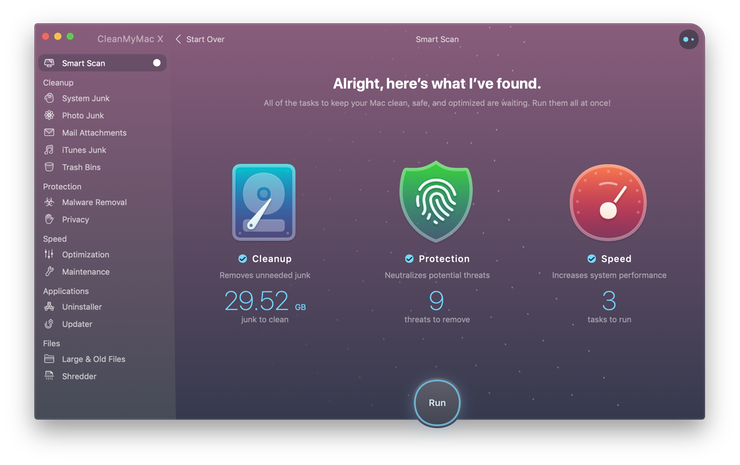Browser Repair Tool For Mac
Apogee jam 96k windows 10. Please contact us directly at within 48 hours of receiving your product for us to set up a manual return for you.

STEP 3: Use Malwarebytes for Mac to remove adware and browser hijackers Malwarebytes is one of the most popular and most used anti-malware apps, and for good reasons. It is able to destroy many types of malware that other software tends to miss, without costing you absolutely nothing. Jul 09, 2014 Although Browser Repair Tool displays buttons for Mozilla Firefox and Google Chrome, it does not provide functionality for these particular web browsers at the moment. It has a good response time.
Advertisement All Macs are perfect, and never encounter a single problem. This is thanks to the unicorn dust applied liberally to the internals of each new machine.  Scx-3206w driver download. Unfortunately, that’s not true.
Scx-3206w driver download. Unfortunately, that’s not true.
Facebook Repair Tool For Mac
Just like Windows machines, your Apple hardware can and will go wrong from time to time. Apple provides plenty of tools to get you on your way, but a few free third-party apps don’t hurt either. Here are eight free tools that can help when your computer don’t work properly. Disk Utility When to use it: Corrupted files, drive errors, or a Mac that won’t boot into macOS. Disk Utility is a utility provided with macOS, which you can find under your Applications > Utilities folder. It’s used for formatting drives, mounting and unmounting volumes, and fixing problems as they arise.
You can run First Aid on any drive by launching the utility and clicking the corresponding button. For better results, and in cases where your Mac won’t boot, you can launch your Mac in Recovery Mode by restarting and holding Cmd + R while it starts up. Select Disk Utility, then First Aid to attempt a fix. Hit Repair Disk if it detects a problem. It’s also possible to create whole images of your current disk using this utility, which is perfect if your drive is failing. Reboot in Recovery Mode and connect a large enough external drive. Then eject the drive you want to back up (probably called Macintosh HD), followed by File > Create New Image from “Macintosh HD” (or whatever the label is).